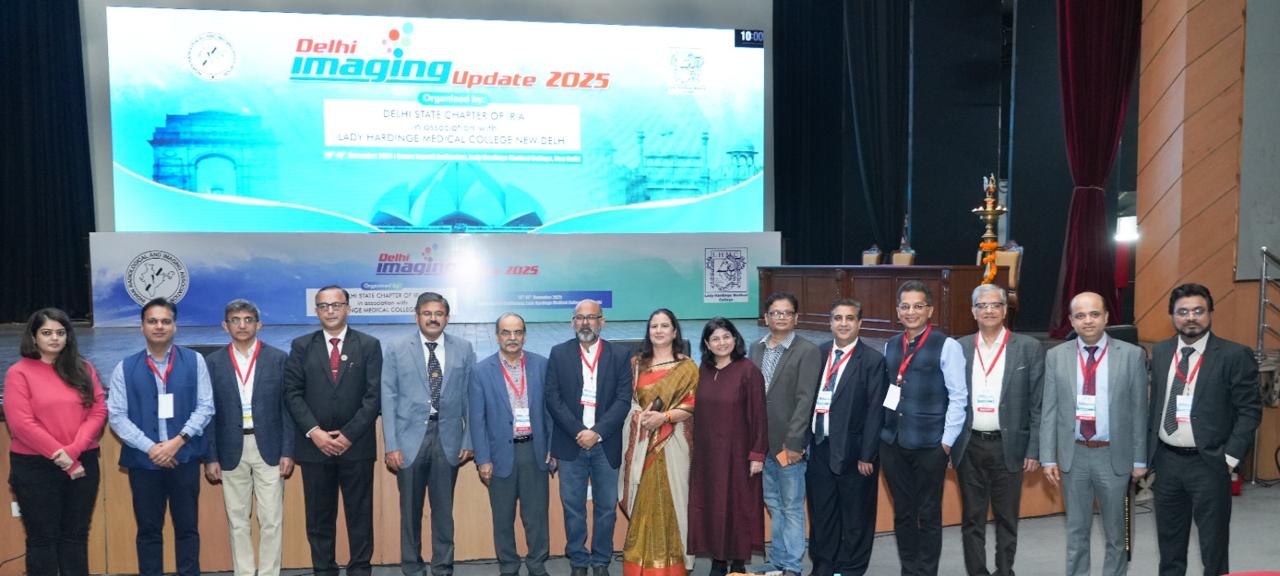New FSB and IOSCO assessments show rapid but uneven global progress on crypto rules, widening enforcement gaps, and highlighting India’s continued lack of a regulatory framework.
22 November 2025
In recent weeks, the global movement toward crypto regulation has intensified, with two major international bodies issuing evaluations that collectively underscore both progress and widening inconsistencies. Fresh reviews by the Financial Stability Board (FSB) and the International Organization of Securities Commissions (IOSCO) reveal that while more countries are drafting rules, implementation remains patchy, and regulatory arbitrage is accelerating. Against this backdrop, India’s continued absence of a definitive crypto framework stands out sharply.
The FSB’s October peer review captures this disparity clearly: of the 29 jurisdictions analyzed, only 11 have fully established regulatory systems for crypto assets. Stablecoin regulation is even more underdeveloped — just five jurisdictions have implemented comprehensive regimes despite the market surging toward the $290 billion mark and growing rapidly. India features among six jurisdictions listed as having no crypto regulatory framework at all, alongside China, Kazakhstan, Lebanon, Mexico, and Saudi Arabia. IOSCO’s thematic review did not examine India either, further reflecting the country’s uncertain regulatory status despite hosting more than 100 million retail crypto users.
Even where frameworks are in place, the pace and intensity of enforcement vary widely. Australia, Hong Kong, Singapore, Bermuda, and Canada have transitioned from establishing rules to actively supervising platforms, initiating actions against major exchanges, including Binance, XT.com, CoinEx, and unauthorized crypto ATM operators. India, in contrast, continues to rely mainly on anti-money laundering provisions under the Prevention of Money Laundering Act, with no broader oversight structure addressing custody, licensing, or market conduct.
This disparity fuels growing regulatory arbitrage. As stricter jurisdictions tighten compliance requirements, crypto firms are relocating to less regulated environments. In India’s case, several offshore platforms continue to serve local users from outside the country, reducing regulatory visibility and increasing systemic vulnerabilities.
A shared risk highlighted by both the FSB and IOSCO is the global nature of stablecoin arrangements. When different components of a stablecoin ecosystem operate under divergent legal and prudential standards, stress in one jurisdiction can trigger destabilizing redemption pressures in another. IOSCO further warns that the increasing allocation of stablecoin reserves to short-term government securities and money market funds strengthens ties between the crypto ecosystem and traditional financial markets, amplifying potential spillover risks.
International regulatory cooperation, meanwhile, remains far below expectations. While nearly all jurisdictions have signed the IOSCO Multilateral Memorandum of Understanding, the frequency of actual cross-border information sharing remains surprisingly low, typically involving just one or two requests annually. The FSB also underscores persistent gaps in standardised data on leverage, liquidity, interlinkages with traditional finance, and risk concentration — all of which weaken global supervisory coordination.
The FSB’s five-stage classification lays bare the regulatory divide. Countries in Stage 5 — such as the EU, Japan, Singapore, Indonesia, Thailand, and Bermuda — have fully operationalized frameworks that address systemic risks. India, however, remains in Stage 1, with no draft legislation, regulatory proposal, or published timeline.
Taken together, the message from both reports is unequivocal: regulatory clarity is fundamental to a safer, more resilient crypto market. Clear rules keep activity within the supervisory fold, while regulatory ambiguity drives users and firms offshore, leaving risks unmonitored and unmanaged.
For India, the implication is clear. Even a phased approach to comprehensive regulation would help build trust, safeguard consumers, and ensure market stability. More importantly, it would position India as a credible, well-regulated hub for digital assets and align with broader financial stability priorities set by the RBI and the government.

















Leave a Reply